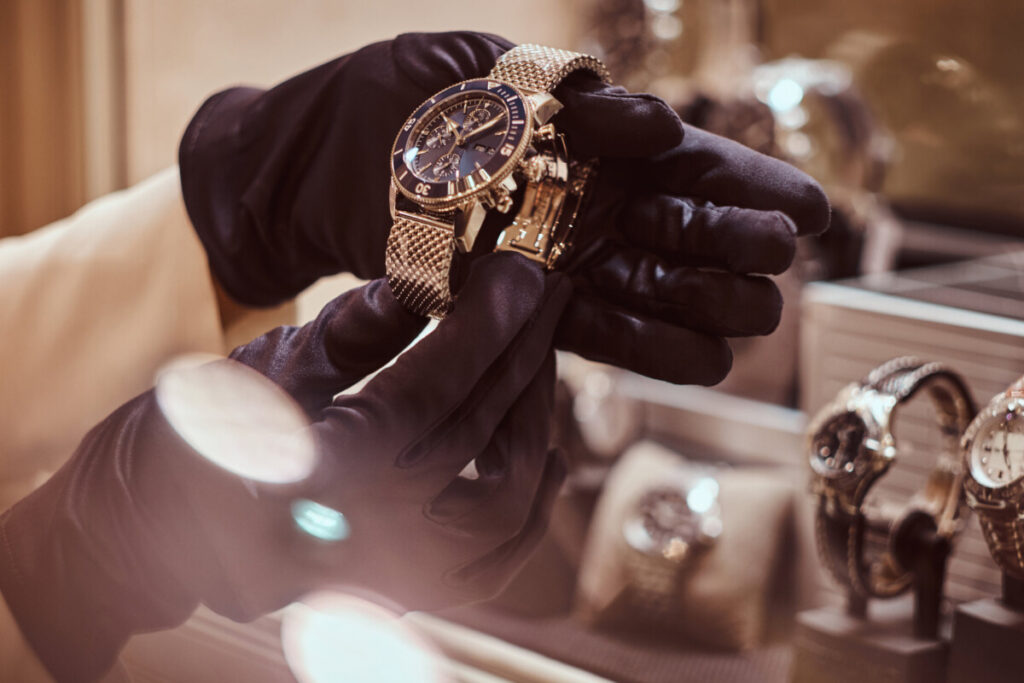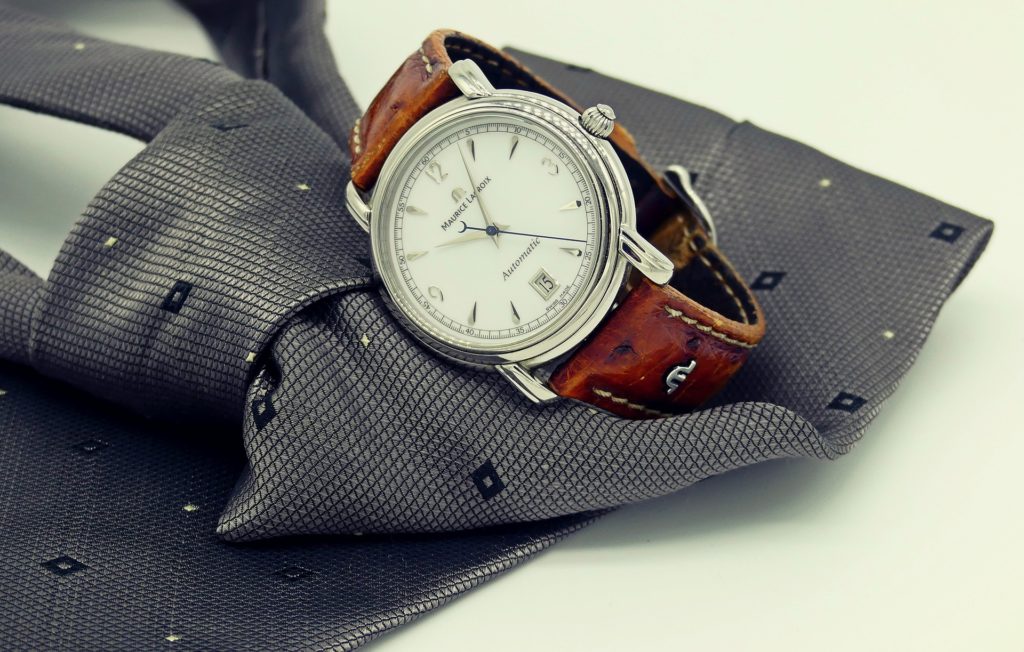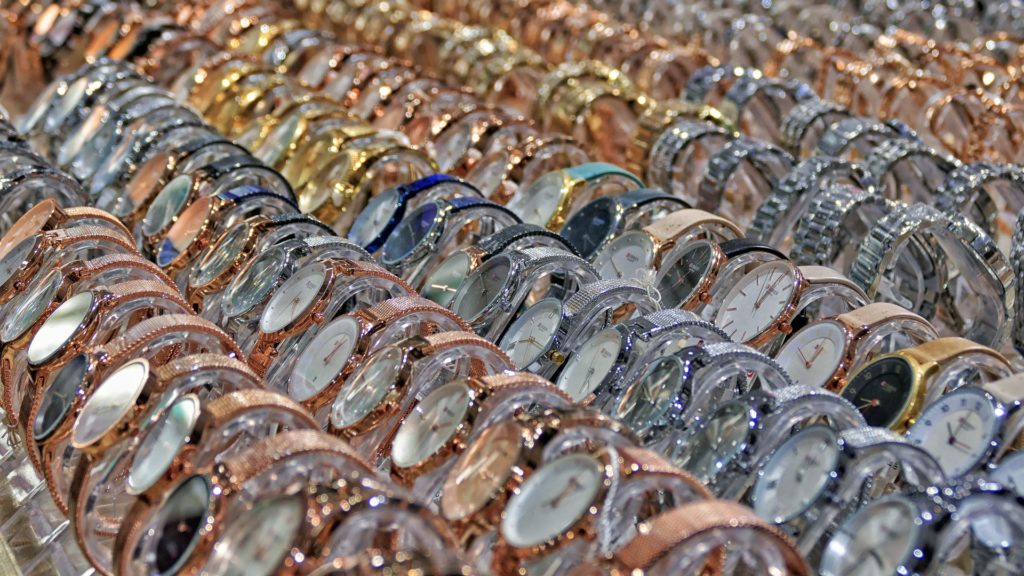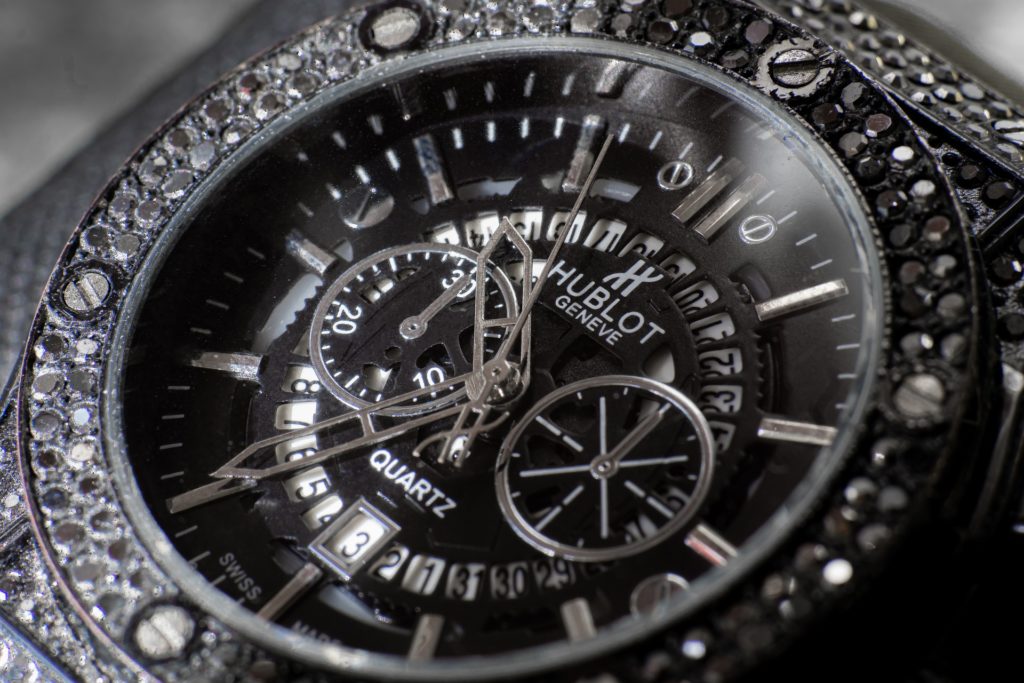Now you can listen to us read the article by clicking below!
Watch collecting is a popular hobby for many people who have the cash to spend on it. Quite a few watches not only retain their value after a time but can even appreciate! Add that to the entertainment of collecting vintage and interesting watches, and you have a recipe for a potentially enriching hobby.
However, one of the main challenges of watch collecting is knowing whether a watch will increase in value or not. While there is not an exact science as to whether a watch (or any investable asset for that matter) will appreciate, there are some guidelines that can help a watch collector make good investment decisions. None of these guidelines are guaranteed to work well on their own, but many of these guidelines work well when utilized together. We’ll discuss some general things to keep in mind below.
Please note that this is not investment advice in the slightest. If you want investment advice, please see a Registered Investment Advisor before acting on any information in this article. This piece is for educational purposes only.
1. Does It Have High Demand?
The first tenet of whether something will be a good investment or not is the simple law of supply and demand. In this instance, we are looking at the demand side of the equation. A common watch with a low level of demand will not increase in value the same way a rare and unique watch with a lot of demand will.
When there is a lot of demand for something, the price will sometimes maintain its value over time. In some cases the value increases as time goes on if more and more demand is introduced to the market. This is especially for things like luxury watches where certain lines are sometimes discontinued or only made in limited quantities.
For example, as more people get into watch investing, a Rolex Daytona may naturally increase in value because the amount of demand increases along with the number of interested customers.
Demand is something that can ebb and flow. What is in demand and popular today may not be tomorrow or 10 years from now. While there are classics that never seem to go out of style, it is not a guarantee of future value.
In addition, demand varies by person. A collector of watches with blue dials will value a Rolex Daytona with a blue dial more than, say, a collector of watches with black dials. Likewise, someone who loves a certain celebrity is likely to be much more interested in a watch that celebrity wore than someone who doesn’t necessarily care about that person.
Thus, demand is largely driven by the identity of the watch. Most of the factors that have to do with the value of a watch influence its identity. The three major tenets of watch value are Demand, Supply, and Identity. The more unique the identity, the more demand it will typically have.
However, even if there is a ton of demand but the watch is not sufficiently rare enough, the value will probably not increase over time due to the large supply. After all, supply and demand are very intertwined.
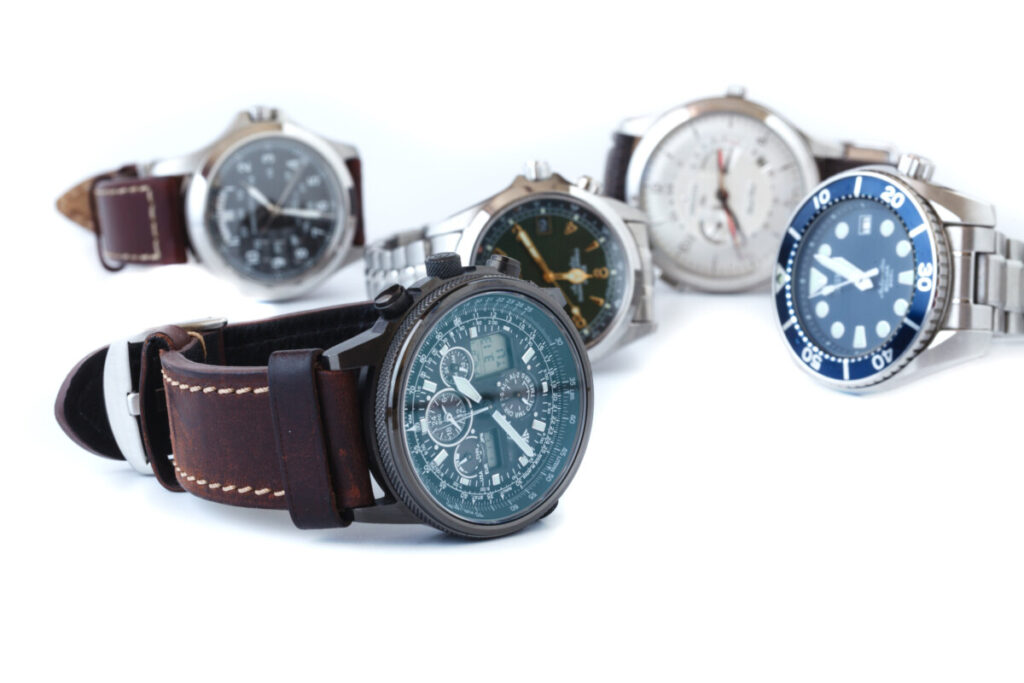
2. Is It a Rare Watch?
The second part of the law of supply and demand: the rarity of a watch often determines its value. A watch in high demand that is also rare will appreciate over the years. The more demand and less supply there is, the greater the appreciation may be.
Examples of watches that are more likely to appreciate are limited edition watches and watches that are made in celebration of an anniversary of the brand. They may also be a tribute to a particular style. These watches can be special and rare, adding to their identity and value.
Some companies, especially Rolex and Patek Phillipe, purposefully only create a limited amount of some lines which inflates the value of the watch. Watches that are limited editions or only have a small supply will generally appreciate quite well over time.
But keep in mind that not all rare watches, or anything rare for that matter, will appreciate or be worth a lot of money. While with watches rarity is certainly a large factor at play for its value, if a watch is one of a kind but nobody wants it, it will likely not increase in value at all.
The best watch for value purposes is an extremely rare watch that experiences tons of demand. The two factors of economics play extremely big roles when it comes to determining the value of an item.
3. How Exclusive Is It?
The other side of the rarity coin is how exclusive a particular watch or line of watches is. The exclusivity of a watch or watch line is typically created through its initial price point.
Many Patek Phillipe’s maintain their exclusivity by being upwards of $60,000 initially. The high price excludes everyday people from purchasing one of these watches, which typically cements its value and causes it to appreciate over time.
Even just the appearance of exclusivity can cause a watch to increase in value. People want to own something that makes them feel special. If a watch is only owned by a few people because it is exclusive rather than being rare, it is more sought after. After all, everyone wants to go to an exclusive party!
4. What Is Its Heritage?
The heritage of a watch can take a $60,000 Rolex and turn it into a $5 million asset.
Many watches have seen their value undergo exponential and significant growth due to their history, whether they went through a special period of time or an event, or they were owned by someone in particular.
A classic example of this is the Omega watch with a Tiffany dial that sold for $1.8 million at an auction because it was owned by Elvis Presley. The value of its sale made it the most expensive Omega watch ever sold.
Because most collectors are not looking at their watches exclusively as investments (as opposed to watch investors), certain watches can fetch a pretty penny just because of the previous owner. As long as the watch means something to a collector, it will probably be worth more than the original price.
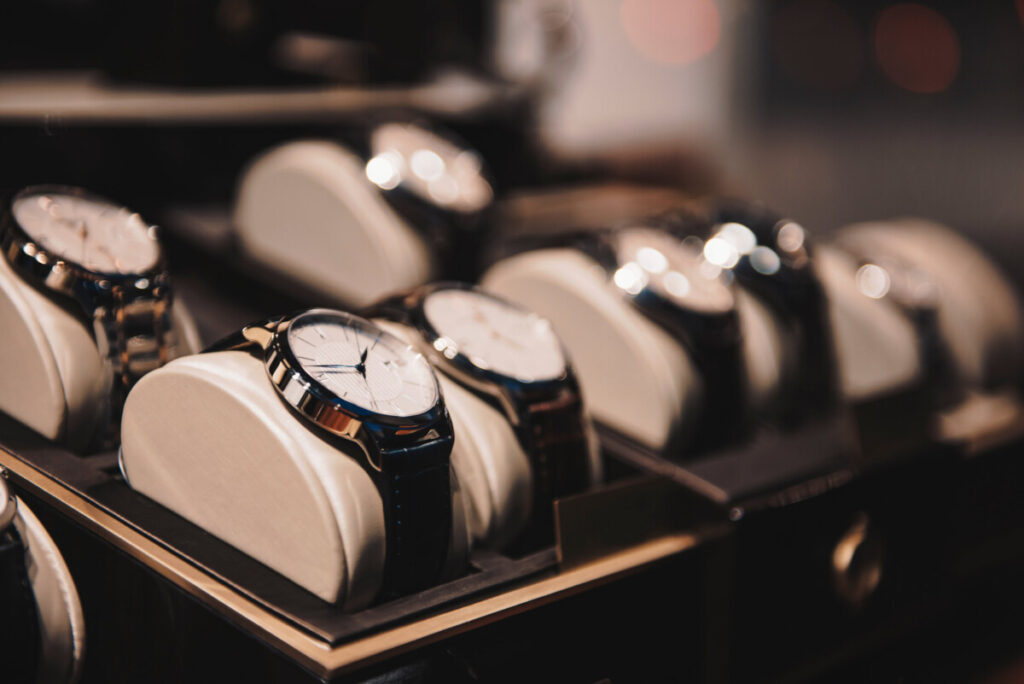
5. What Brand or Line Is It From?
As with all things, the brand plays a huge part in the intrinsic value of a watch. Big-name brands like Rolex, Patek Phillipe, Audemars Piguet, Cartier, IWC, and more carry a lot of weight with them, and that reputation transfers to the value of the watch.
However, even if a watch is a Rolex or Patek Phillipe, that’s not always a guarantee of value appreciation. Occasionally, there are watch lines released that may be an improvement or redesign of a particular watch style. Those redesigns can become more popular than the originals, causing the value of the original to depreciate, sometimes overnight.
Generally, buying a Patek Phillipe or a Rolex will be pretty safe—especially if you get a Patek Phillipe. Patek Phillipe’s have historically been very good at appreciating in value.
Not all watch lines of a brand are made equal. For example, the watch to look out for that is the best performer of the Audemars Piguet is the Royal Oak line. That particular line is generally the best performing line of the brand. Do your research and know what lines are more valued in the secondary market. If you don’t do this, you may drop $30,000 on a watch and will only be able to sell it for half of that in the secondary market.
6. Does It Have an Unusual Dial or Aesthetics?
Some watch companies have a go-to dial design and color. While they may look impressive, it doesn’t necessarily add to the value of the watch. Occasionally, a watch is released with a color that is unusual for that particular brand. This unusual color gives it much more value in the eyes of collectors.
Watches are also released with special accessories or other unusual aesthetic additions. The Omega watch owned by Elvis Presley mentioned above, for example, had a dial made by Tiffany and Co. This unusual dial added to the exorbitant final price of the watch.
A company might produce watches that generally have a white dial. If that company were to release a watch with a black dial or a rarer color, such as blue or even red, the value of that watch will likely increase. If a watch has an unusual moon phase coloring or unusual watch hands, those can also add to the value of that particular watch.
The identity of the watch is one of the big pillars of a watch’s value (along with supply and demand). Having unusual characteristics adds a lot of character and uniqueness to a watch and, consequently, its value.
7. What Genre Is It?
The “genre” of a watch is a term used to describe what the watch is intended for. The following genres are the most popular among collectors:
- Diver
- Military
- Aviation/Pilot
- Car related (i.e. the Rolex Daytona)
Generally, if a watch was built for a specific purpose or group, it will hold more value. Watches made for general-purpose use are not normally valued as high as, say, a diver watch.
The reasoning behind this has to do with the uniqueness of a watch. Having a watch that was built for a specific purpose adds to the identity of the watch, which can increase its value. It’s a similar concept to how the heritage of a watch can increase the value of it, but the genre of the watch rarely has as dramatic of an effect on the resale price.
8. Know the Market
Just as with any investment, understanding the market for watches will give you a massive edge in appraising a watch or making your investment decisions.
Unfortunately, there is no inherent secondary market for watches like there is with the stock market. There are several places to buy and sell watches, but those places don’t make up the market as a whole. Another of the key differences here is that there is no place to track the value of watches.

In the stock market, for example, you can track the value of a particular stock through the years and even by the minute.
Watches are different due to the fact that each watch is unique and will carry a different value. There is no stock market for watches, as that would be impossible to track. Additionally, what someone will pay for a certain watch changes from collector to collector. Not everyone will judge the Omega with a Tiffany and Co. dial that was owned by Elvis Presley to be worth $1.8 million.
Being able to know the market and know what watches are hot and in demand (both short-term and long-term) will allow you to make smarter investment decisions. Knowing the market also allows you to potentially grab some really good deals at estate sales and the like.
Are Watches a Good Investment?
There is a lot that goes into developing a profitable watch collecting hobby. Knowing what makes a watch increase in value over time is essential to making wise investments.
Watch the video below by Gentleman’s Gazette to learn even more about whether watches hold their value.
As the video describes, buying watches as an investment is just not feasible unless your budget is between $5,000 and $10,000 at minimum. Watches below that range are just not rare or exclusive enough to fetch the gains that a more expensive Rolex or Patek Phillipe can get you.
However, if your budget is above $5,000, there are avenues for you to enter the arena of watch collecting. Before investing in watches or acting on any information in this article, make sure to consult a Registered Investment Advisor to see if it is a smart investment decision for you. If you recently inherited a watch and are trying to find out if it is worth money, do some research to learn more about the watch. The tips above will help you know where to get started.

